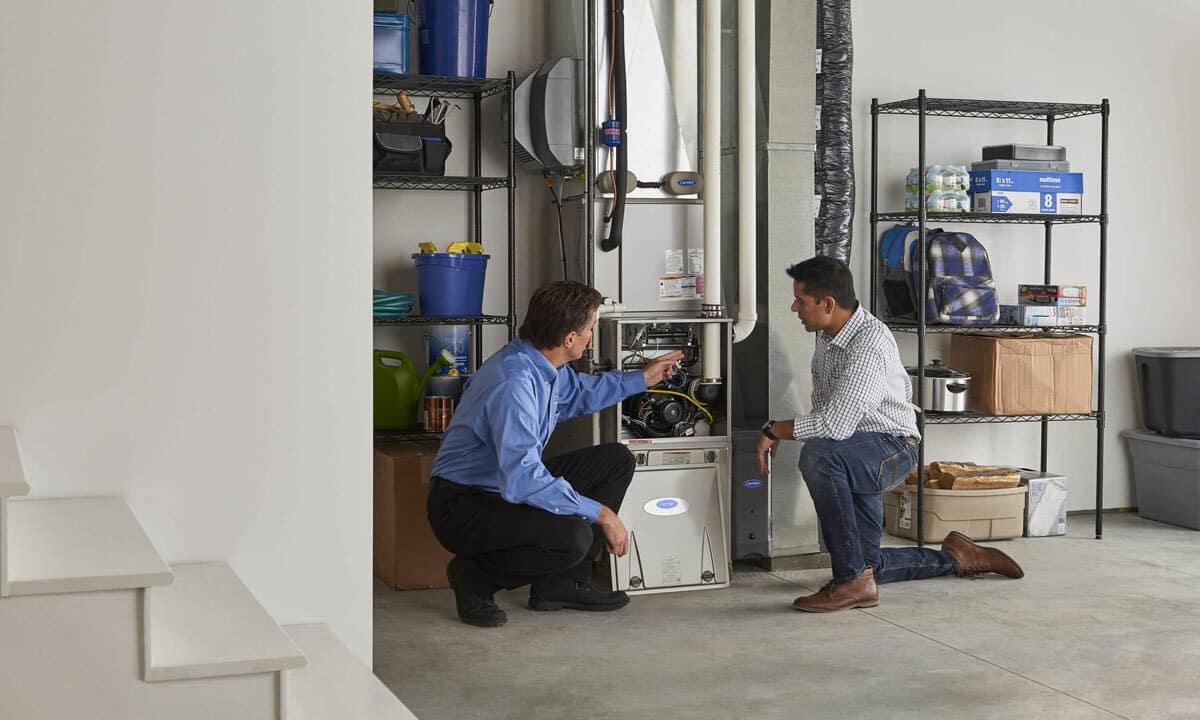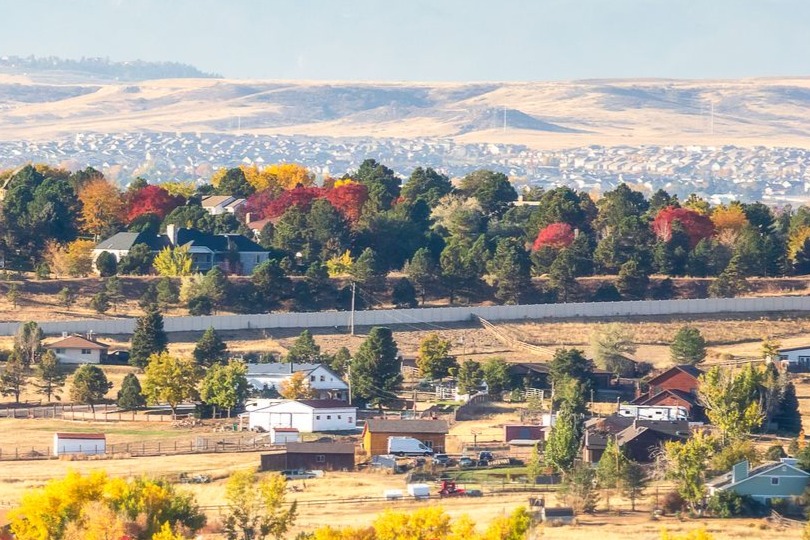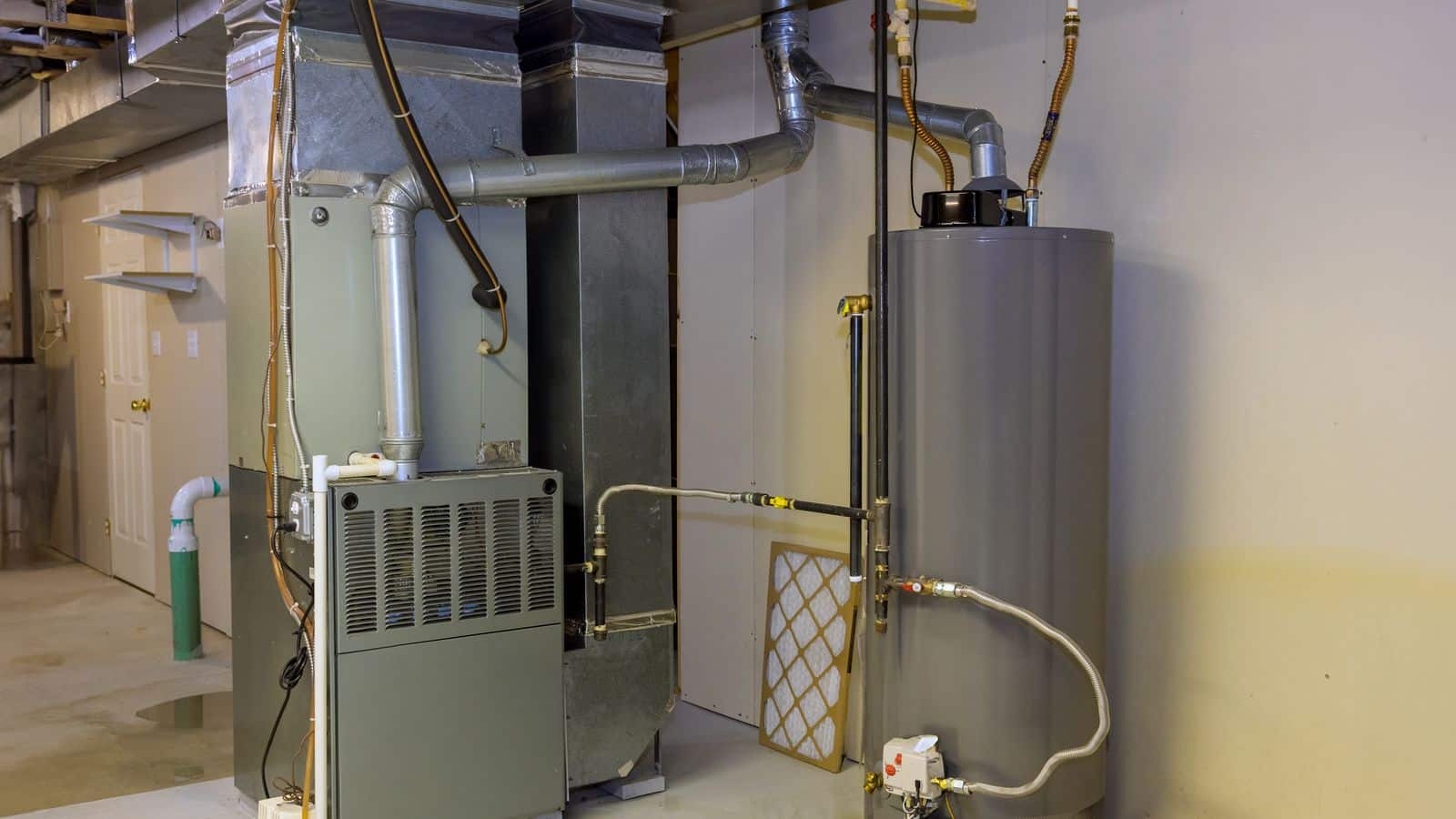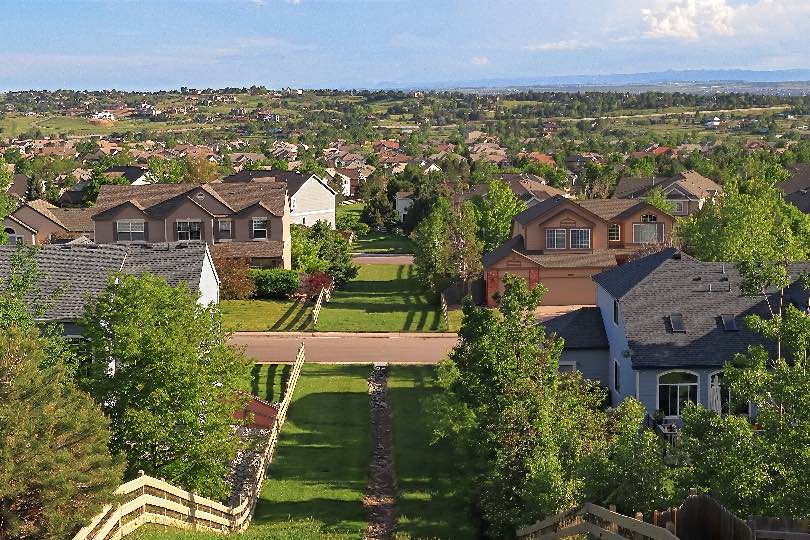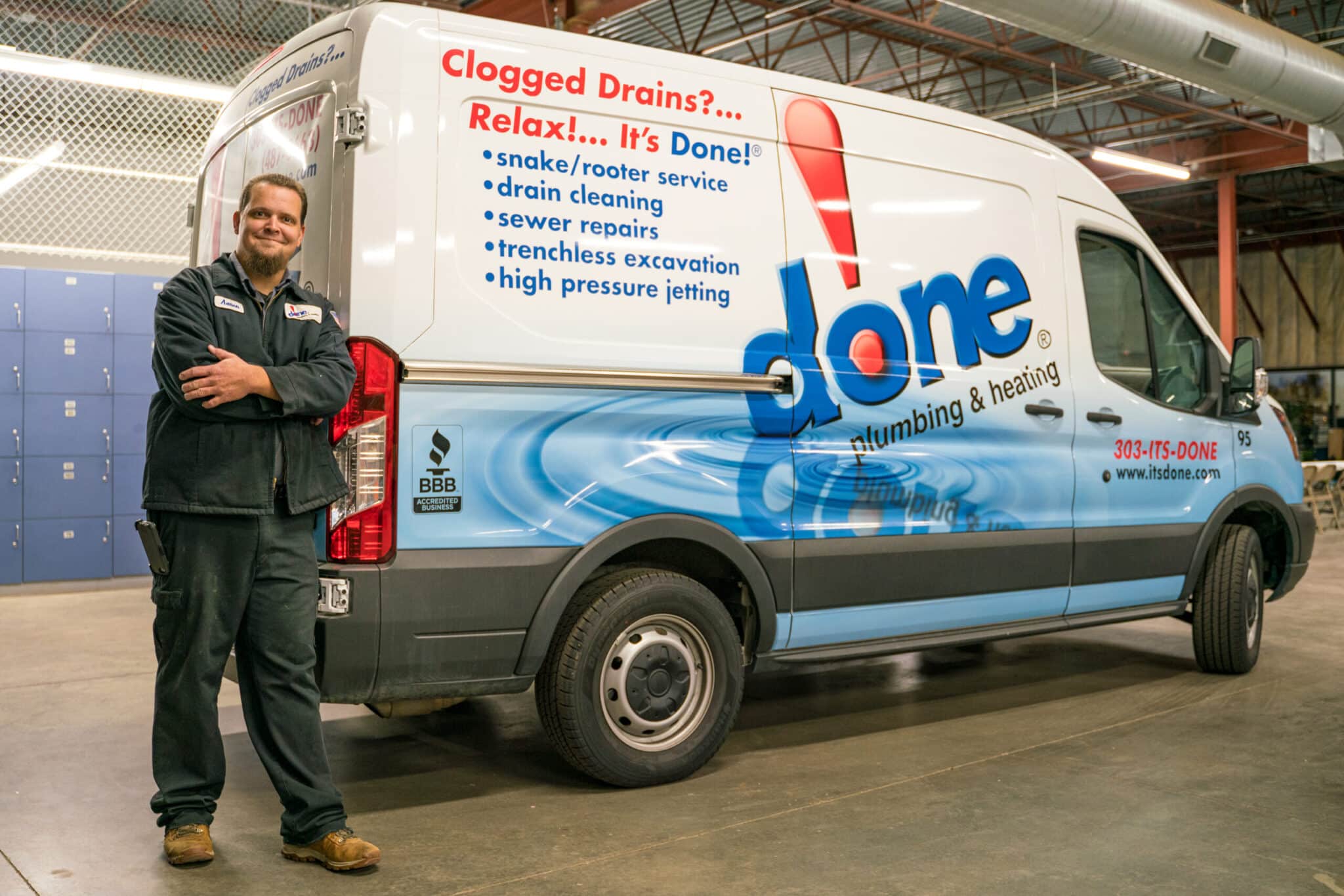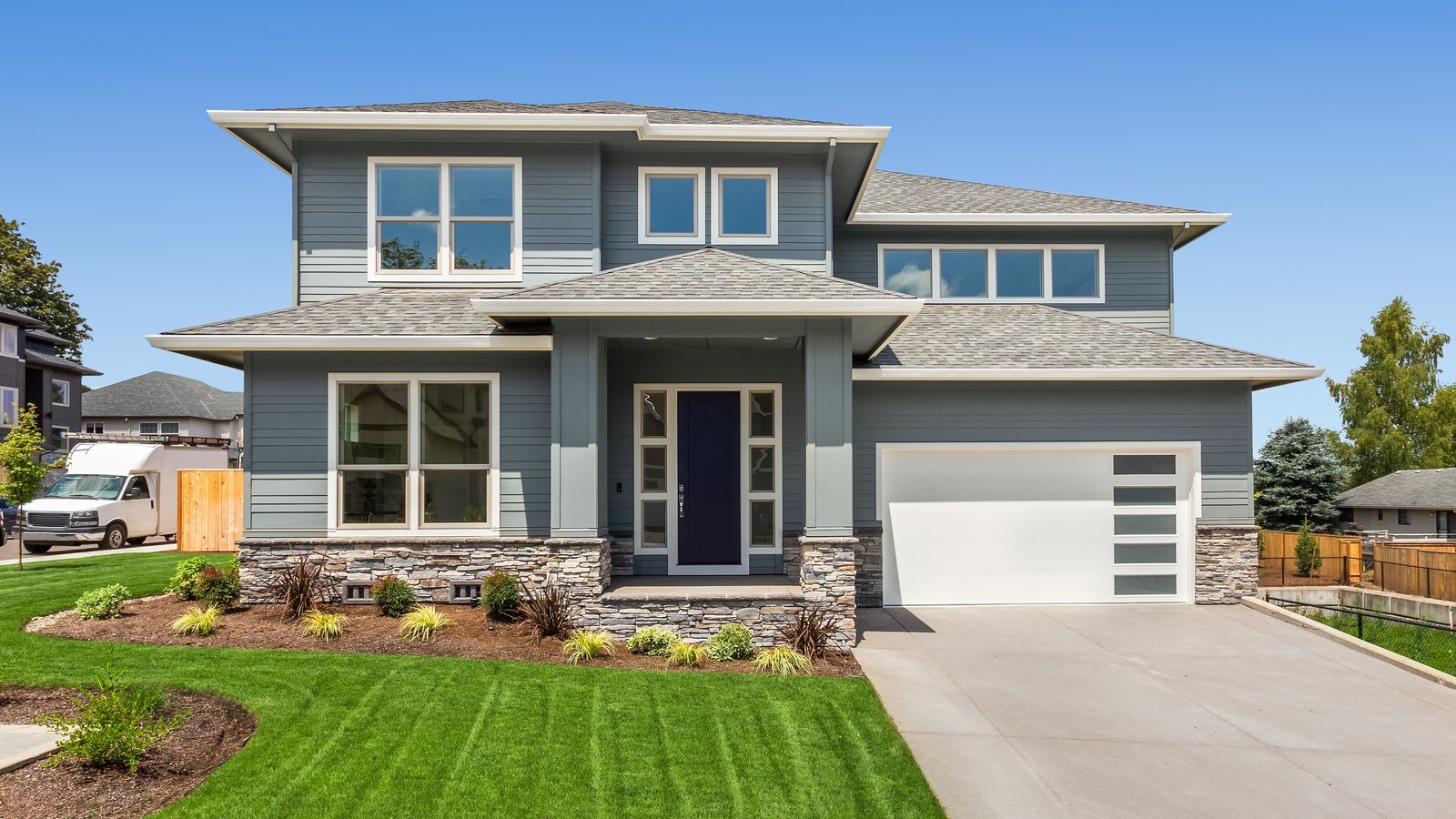As the chill of winter settles over Denver and Aurora, ensuring your home stays warm becomes a top priority. A reliable furnace isn’t just a luxury—it’s essential for your comfort and safety during the colder months. Since 1999, Done! Plumbing, Heating, Cooling & Electric has been the trusted partner for homeowners throughout the Denver metro area, from Aurora to Morrison and Thornton. Our commitment to excellence means you can count on us for efficient, dependable heating solutions that keep your home cozy all season long. In this article, we’ll delve into the fundamentals of furnaces—how they work, the different types available, and what you need to know to maintain optimal performance. Whether you’re considering an upgrade, curious about operating mechanisms, or seeking professional assistance, our team has the expertise to guide you every step of the way. With our comprehensive services and dedication to customer satisfaction, we’ll help you navigate the ins and outs of your home’s heating system, ensuring warmth and peace of mind no matter how low the temperatures drop.
Understanding the Basics: What is a Furnace?
A furnace is the heart of most home heating systems, built to generate and move warm air throughout your home. It’s a key part of your HVAC system, especially during colder months. By pulling in cooler air, heating it, and circulating it through your home, a furnace ensures a consistent and comfortable indoor temperature.
Unlike systems like boilers or heat pumps, furnaces heat air directly and use forced air to push it through ducts to warm every room. Boilers, on the other hand, heat water and use radiators for warmth, while heat pumps transfer heat from outdoor air. In areas like Colorado, where winters can be harsh, furnaces often provide faster and more reliable heating.
How Does a Furnace Work?
Knowing how a furnace operates can help you catch early issues and keep your system running efficiently. Here’s a simple breakdown of the process:
- The thermostat senses the indoor temperature dropping below the set level and signals the furnace to start.
- Gas furnaces ignite burners to create heat, while electric furnaces rely on heating elements.
- The heat exchanger warms the air that passes through it, keeping combustion gases separate from the air you breathe.
- A blower motor pushes the heated air through your home’s duct system, warming each room.
- Cooler air is pulled back through return ducts, and the cycle repeats.
Key Components of a Furnace
To better understand your furnace, it helps to know its main parts:
- Burner: Produces heat with fuel in gas furnaces or electrical heating elements in electric models.
- Heat Exchanger: Transfers heat to the air while keeping harmful combustion gases out.
- Blower Motor: Moves warm air through the ducts and into your living space.
- Thermostat: Acts as the control system, signaling when the furnace should turn on or off.
Each component works together to ensure your home stays warm during colder months.
Types of Furnaces for Your Home
Choosing the right furnace depends on your heating needs, budget, and energy preferences. Here are the most common options:
Gas Furnaces
Gas furnaces are a popular choice in Colorado because they’re efficient and cost-effective. They generate heat by burning natural gas, which is then transferred to the air through the heat exchanger. Regular maintenance is important to keep them operating safely and to avoid leaks.
Electric Furnaces
Electric furnaces rely on heating elements instead of fuel to warm air. These systems are highly efficient at converting electricity into heat, making them more environmentally friendly. However, they often come with higher operating costs, especially in colder climates, because electricity rates tend to be higher than natural gas.
Converting from Oil to Electric Furnaces
For older homes with oil furnaces, switching to an electric system can bring many benefits. The conversion process usually takes about two days and costs around $15,000. While the upfront cost may seem high, the advantages include lower maintenance needs, improved safety, and better energy efficiency. At Done, we specialize in oil-to-electric conversions and can guide you through every step.
Gas vs. Electric Furnaces: Making the Right Choice
Choosing between a gas or electric furnace involves weighing several factors:
Comparing Efficiency and Costs
Gas furnaces are often more affordable to run because natural gas is generally cheaper than electricity. Electric furnaces, while quieter and cleaner, usually have higher operating costs due to electricity prices.
Environmental Impacts
Electric furnaces are more eco-friendly since they don’t produce combustion gases. Gas furnaces, while efficient, still rely on fossil fuels.
Colorado’s Upcoming Gas Restrictions
With gas restrictions set to take effect in 2025, more homeowners in Colorado are considering electric systems to future-proof their homes.
Which Furnace is Best for Colorado Homes?
Gas furnaces are a great fit for Colorado winters, providing quick and powerful heating. However, electric furnaces are gaining attention for their safety and environmental benefits. The team at Done can help you decide which option suits your home best.
Furnace Efficiency Ratings: What You Need to Know
When choosing a furnace, efficiency is an important factor. The Annual Fuel Utilization Efficiency (AFUE) rating shows how much of the fuel becomes usable heat.
- Standard Efficiency: 80% AFUE means 80% of the fuel is used for heating, while 20% is wasted.
- High Efficiency: 90% AFUE or above, with minimal energy waste.
High-efficiency furnaces can lower energy bills and reduce environmental impact, making them a smart long-term choice.
Maintaining Your Furnace for Optimal Performance
Furnace maintenance is key to keeping your furnace safe and efficient. Routine inspections can extend its lifespan, prevent breakdowns, and lower energy costs. Professional tune-ups often include:
- Inspecting for any damage or leaks.
- Cleaning internal parts to improve airflow and efficiency.
- Replacing air filters to maintain good air quality.
Avoid tackling repairs yourself, as this can lead to safety risks or further damage. Done offers thorough maintenance services to keep your furnace in great shape.
When to Consider Upgrading or Replacing Your Furnace
Most furnaces last between 15 and 20 years. If your furnace frequently breaks down, struggles to heat your home, or causes energy bills to rise, it might be time for a replacement. Newer models often come with benefits like better efficiency, quieter operation, and compatibility with smart thermostats.
Upgrading to high-efficiency systems may also qualify you for tax credits and rebates, making the investment more affordable.
Keep Your Home Warm and Cozy with Done’s Furnace Services
Colorado winters can be harsh, but with Done Plumbing, Heating, Cooling & Electric by your side, you can rest assured that your home will stay warm and comfortable throughout the season. Our team of experienced professionals is dedicated to providing top-notch furnace services, including installation, maintenance, repairs, and oil-to-electric conversions.
Don’t let a malfunctioning furnace leave you in the cold. Contact Done today at (833) 539-9153 or schedule an appointment online at itsdone.com to experience the difference our expertise and commitment to customer satisfaction can make. Our friendly and knowledgeable staff will work with you to find the best solution for your home’s heating needs, ensuring a seamless and stress-free process.
Experience the Done difference and join our Care Club for exclusive benefits and discounts on all your home maintenance needs. One call… It’s Done!

